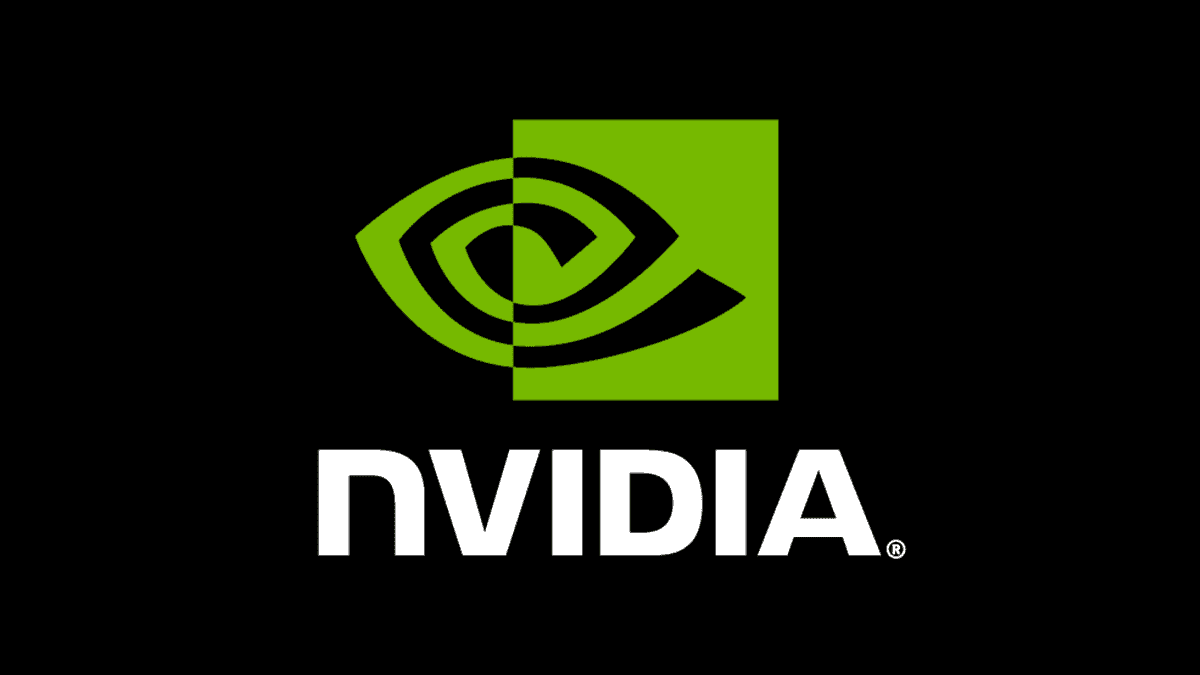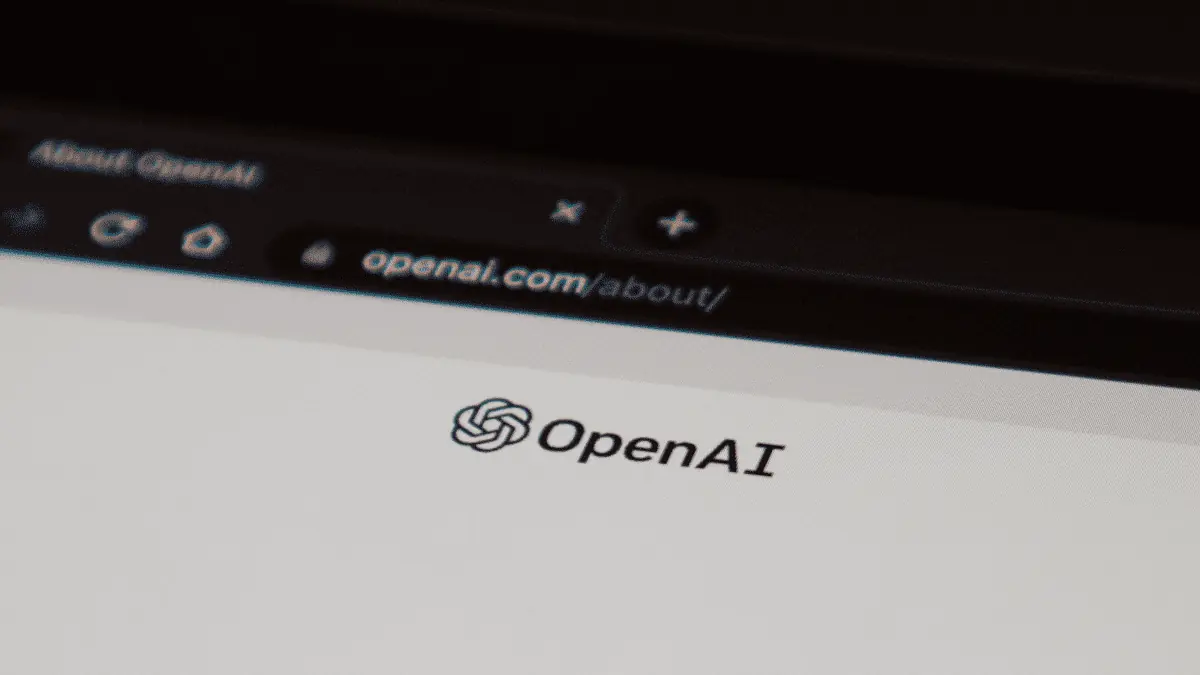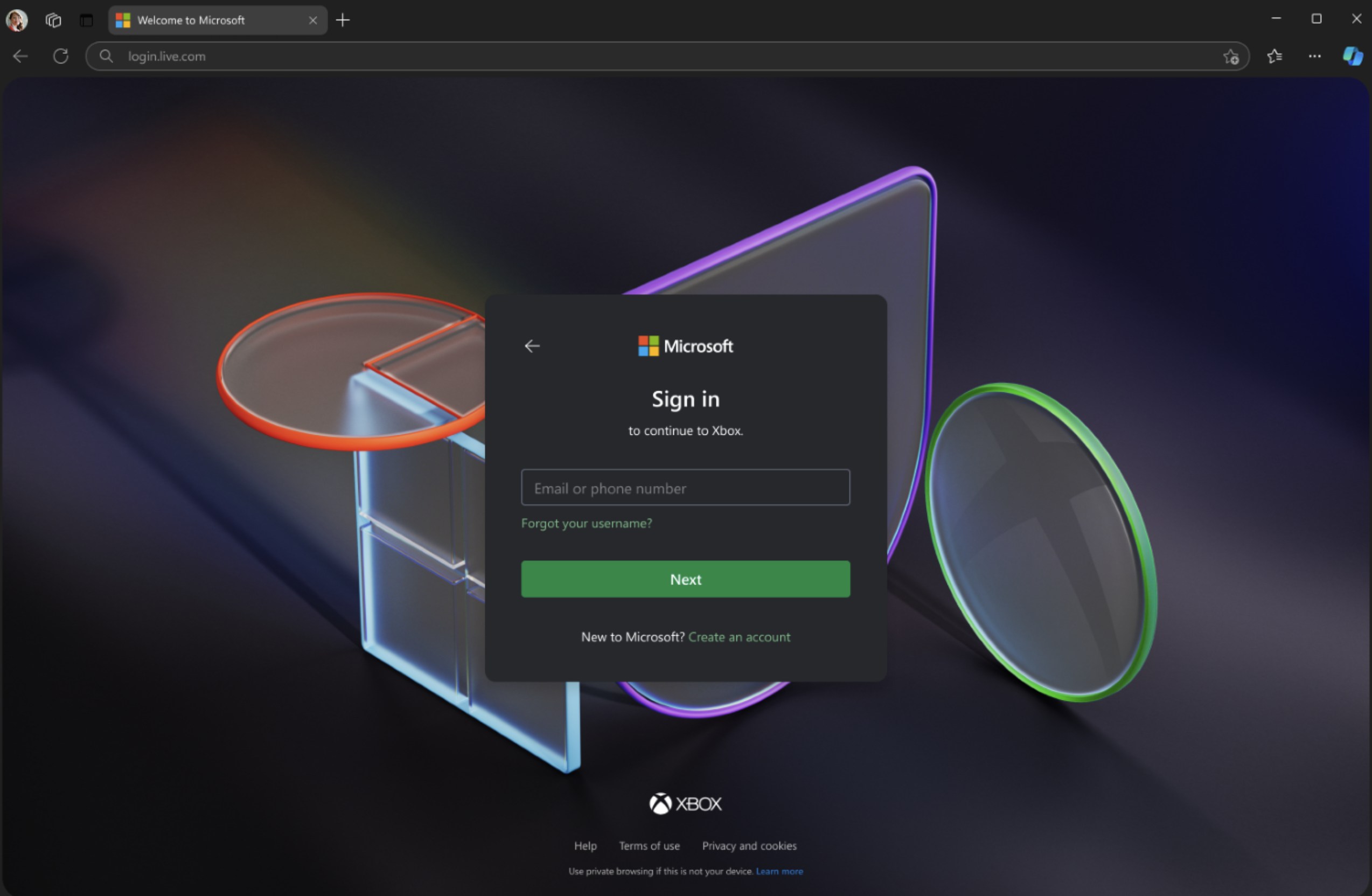Fix: Brave not Working on Windows 11 [11 Solutions]
4 min. read
Updated on
Read our disclosure page to find out how can you help MSPoweruser sustain the editorial team Read more

Windows 11, with its sleek design and enhanced features, has been the talk of the tech town. As users transition to this new OS, they often bring along their favorite software, including the Brave browser. Known for its staunch commitment to user privacy, Brave has garnered a significant user base. However, as with any software, there can be occasional compatibility issues or glitches. One such concern that’s been echoed by users is Brave malfunctioning on Windows 11. In this guide, we’ll delve into the common issues and their solutions to ensure you continue to enjoy a seamless browsing experience.
Common Issues with Brave on Windows 11:
- Unable to open the browser.
- Frequent crashes.
- Freezing during operation.
- Displaying a black screen.
Potential Causes:
- Enabled Hardware Acceleration.
- Third-party antivirus interference.
- Corrupted browsing data.
- Restrictions by Windows Defender Firewall.
- Enabled VPN.
- Bugs in the browser itself.
- Malware & Viruses.
Solutions:
- Restart Your PC: Sometimes, a simple system restart can resolve temporary glitches in the app.
- Force Close & Restart Brave: If Brave is unresponsive, use the Task Manager (Ctrl + Shift + Esc) to end the process and then relaunch the browser. Read more on how to force close Brave.
- Disable Antivirus Utilities: Some antivirus programs might mistakenly block Brave. Consider disabling your antivirus temporarily or adding Brave to its whitelist.
- Pass Brave Through Firewall: Ensure that Windows Defender Firewall isn’t blocking Brave from accessing the internet.
- Disable VPN Temporarily: If you’re using a VPN, try disabling it temporarily to check if it’s causing the issue.
- Scan for Malware: Use Windows’ built-in Malware Removal utility or other trusted antivirus software to scan and remove potential threats. Here’s how to do it:
- Windows Security:
- Click on the Start button and select Settings (gear icon).
- Navigate to Update & Security.
- On the left pane, click on Windows Security.
- Click on Virus & threat protection.
- Quick Scan:
- Under the “Current threats” section, click on Quick Scan. This will scan your system for common threats.
- Full Scan (Recommended for thorough check):
- If you want a more comprehensive scan, click on Scan options.
- Select Full scan and then click on Scan now.
- Review & Take Action:
- Once the scan is complete, review the results. If any threats are found, follow the on-screen instructions to remove or quarantine them.
- Consider Third-Party Antivirus Software:
- While Windows Security is robust, sometimes using a third-party antivirus software can provide an additional layer of protection. Consider scanning your system with trusted antivirus software.
- Windows Security:
- Run SFC Scan: System File Checker (SFC) can identify and fix corrupted system files that might be causing issues with Brave. Here’s how to do it:
- Open Command Prompt as Administrator:
- Right-click on the Start button and select Windows PowerShell (Admin) or Command Prompt (Admin).
- Run the SFC Command:
- In the command prompt, type
sfc /scannowand press Enter.
- In the command prompt, type
- Wait for Completion:
- The scan might take some time, depending on your system’s specifications. Wait for it to complete.
- Review Results:
- Once the scan is complete, you’ll see a message indicating the result. If any corrupted files were found and repaired, you’ll be notified.
- Restart Your Computer:
- After the scan and any potential repairs, restart your computer to ensure all changes take effect.
- Open Command Prompt as Administrator:
- Disable Hardware Acceleration: This feature, although meant to enhance performance, can sometimes cause the browser to crash or freeze. Here’s how to do it:
- Launch Brave Browser:
- Open the Brave browser on your computer.
- Access Settings:
- Click on the three vertical dots (or hamburger menu) located at the top right corner.
- From the dropdown menu, select Settings.
- Navigate to System Settings:
- Scroll down in the settings menu until you find the System section.
- Toggle Off Hardware Acceleration:
- You’ll see an option labeled “Use hardware acceleration when available.” Toggle this option off.
- Relaunch Brave:
- A prompt might appear asking you to relaunch the browser for the changes to take effect. Click on Relaunch.
- Launch Brave Browser:
- Clear Browsing Data: Corrupted browsing data can hinder browser performance. Clearing cache, cookies, and history might help.
- Update Brave: Ensure you’re using the latest version of Brave. Outdated versions might have unresolved bugs.
- Reinstall Brave: If all else fails, consider uninstalling and then reinstalling Brave. Before doing so, ensure you backup essential data like bookmarks and passwords.
Conclusion:
While Brave offers an exceptional browsing experience, occasional hiccups are inevitable. By following the above solutions, users can troubleshoot and resolve most issues they encounter with Brave on Windows 11. If you’ve faced other challenges with Brave, such as blocking specific websites or removing the reading list, we’ve got you covered with comprehensive guides.








User forum
0 messages